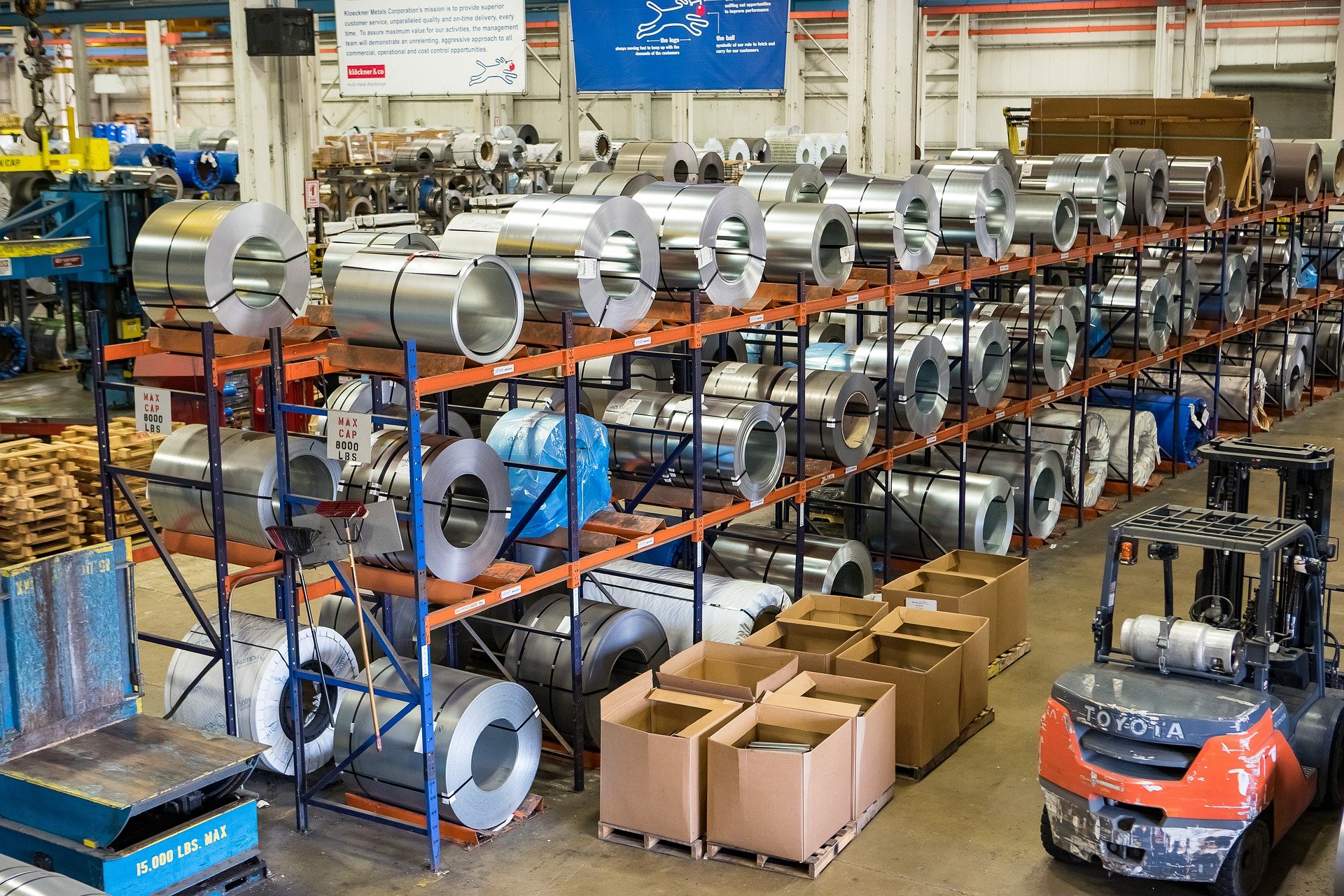The world seems to be slowly coming out of the claws of the pandemic. People have begun getting acclimatized to the work from home culture and are slowly flexing their muscles to return to the usual way of life that existed months back. In such unprecedented times when we have witnessed the consequences of information asymmetry between nations and lack of timely preparedness leading to a catastrophe, it is the exigency of the hour to invest in developing mechanisms to detect the devil of next pandemics right in the bud.
This is exactly where next generation technologies can be instrumental in catching the incidence of potential pandemics right at the source. Global cooperation on pandemic control using Artificial Intelligence, Image Analysis, Edge Computing, Connected Cars and Remote Monitoring & Analytics can be the nail in the coffin of future pandemics. If you are curious to know how, let us see how each of these technologies will help.
Global Health Analytics
With the rise in wearable technology, it is not difficult to imagine a world where smart watches or health monitoring devices and apps will become ubiquitous. We can’t say so for marginalized communities and impoverished masses in urban areas. However, a significant fraction of the affluent class and the middle class population around the world can be expected to have one or more wearable device monitoring their health parameters 24/7.
If all of these health monitoring indices can be brought onto a central hub, or even a distributed system across the planet and predictive analytics can be run on it, there are likelihoods of catching chance re-occurrence of symptoms of previous pandemics or occurrence of new SARS-like symptoms by the AI algorithms. Yes, we will need to take consent of users and will have to anonymize the data, along with ensuring data security. Maybe once in a number of years, a warning bell will be rung by the Global Health Monitoring System that a person somewhere in some corner of the world is showing COVID like symptoms or maybe symptoms similar to some other pandemic. The concerned country will be alerted and the local authorities can spring into action to quarantine the person and people he met, before the virus spreads out further. Yes, we need to have technologies to also detect asymptomatic people, but starting with just catching symptomatic ones by bringing world population under the net of Global Health Monitoring System will be a good start. It is often the urban areas where pandemics spread because of higher population density and it is required to bring urban population under this system.
Edge Intelligence to accelerate decision making
Once we have a global monitoring system in place, we will need to ensure the system makes quick decisions without wasting a crucial second. Health monitoring devices generate huge volumes of data throughout the day and this implies that one central point of analytics will not be able to handle unimaginable amount of data generated across the Earth 24/7. This would require us to bring the analytics capabilities close to the source of data, since transmission of voluminous data to cloud could can lead to delays.
Edge computing and its successors will have to rise to the occasion and bring highly efficient data analytics closer to the data source. The generated insights can then be monitored for any indication of a potential pandemic, and the results and insights can then be relayed to cloud.
Image analytics using computer vision
Though it may sound quite invasive and a breach of privacy, but governments in the future may install thermal imaging cameras at places of mass convergence, like airports, bus terminus, railway stations, shopping malls and even hospitals. This may however happen when the world is on a pandemic alert because of warnings form the Global Health Monitoring System. All incoming and outgoing individuals will be scanned from a distance and any person showing even the mildest of symptoms can be detected and quarantined, if required. This will ensure that people with symptoms do not mingle with crowds so that the risks of spread of disease can be contained.
Connected Vehicles to catch risks
It may sound quite futuristic and a bit difficult to imagine, but our automobiles of the future can very well be the sentinels against spread of diseases. Smart vehicles of the future may come equipped with thermal imaging systems and maybe able to communicate with wearable of the passengers, again on consent basis. In case the smart monitoring system in a vehicle (like bus or cab) detects any person with high body temperature or some other signs of illness, it will request the wearable to share health information of that passenger to check the health parameters for the past 4-5 days. Based on comprehensive analysis of the parameters, if the system classifies the passenger as someone carrying risk of communicable disease, then the nearest hospital or medical facility will be alerted, who will respond by intercepting the vehicle and quarantining the passenger.
I agree it sounds quite Orwellian and even I won’t like to sight of people being separated from others and being diagnosed as it will lead to fear in the minds of co-passengers. But given the high risks of pandemics in the future, this may come as a reality to us.
Participative Prevention through Contact Tracing
This is something that has caught my attention of late. I expect people around the world to grow responsible not only towards their own health, but also community health at large. In case someone ever feels symptomatic of some disease and gets detected with some incurable communicable disease, he/she must update the same on a global app in order to alert the re-occurrence of an old pandemic or occurrence of a new one. The apps can ask a few questions to the users to check if the users are witnessing symptoms of some incurable communicable diseases. Google and Apple are working towards developing such an app where a person can report having diagnosed with such a disease and then the app notifies all those people who have been in contact with the user. This kind of contact tracing can help to detect diseases early on and contain them in a localized area before they tend to spread out uncontrolled.
The future belongs to the futuristic and therefore, it is high time that governments, citizens, researchers, academia and public health departments join hands to bring the cutting-edge technology interventions to contain potential pandemics. Viruses will evolve and pandemics will show up time and again. It’s our resilience, willingness to evolve our approach and our investments in the right technology in the right manner that will make all the difference.











